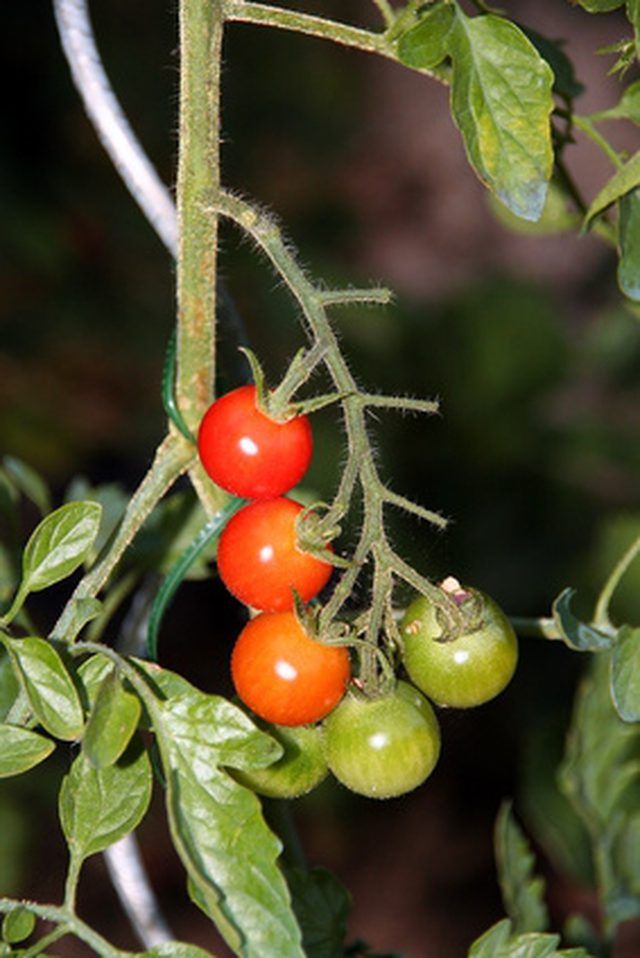Bulbs
Flower Basics
Flower Beds & Specialty Gardens
Flower Garden
Garden Furniture
Garden Gnomes
Garden Seeds
Garden Sheds
Garden Statues
Garden Tools & Supplies
Gardening Basics
Green & Organic
Groundcovers & Vines
Growing Annuals
Growing Basil
Growing Beans
Growing Berries
Growing Blueberries
Growing Cactus
Growing Corn
Growing Cotton
Growing Edibles
Growing Flowers
Growing Garlic
Growing Grapes
Growing Grass
Growing Herbs
Growing Jasmine
Growing Mint
Growing Mushrooms
Orchids
Growing Peanuts
Growing Perennials
Growing Plants
Growing Rosemary
Growing Roses
Growing Strawberries
Growing Sunflowers
Growing Thyme
Growing Tomatoes
Growing Tulips
Growing Vegetables
Herb Basics
Herb Garden
Indoor Growing
Landscaping Basics
Landscaping Patios
Landscaping Plants
Landscaping Shrubs
Landscaping Trees
Landscaping Walks & Pathways
Lawn Basics
Lawn Maintenance
Lawn Mowers
Lawn Ornaments
Lawn Planting
Lawn Tools
Outdoor Growing
Overall Landscape Planning
Pests, Weeds & Problems
Plant Basics
Rock Garden
Rose Garden
Shrubs
Soil
Specialty Gardens
Trees
Vegetable Garden
Yard Maintenance
Anatomy of a Tomato Plant Stem
Anatomy of a Tomato Plant Stem. The anatomy of a tomato plant stem provides insight into the care and cultivation of this popular garden vegetable. As most tomato plants are indeterminate, they grow until killed by frost. Knowledge of how the stem grows and functions helps the casual and professional gardener alike maximize production with...

The anatomy of a tomato plant stem provides insight into the care and cultivation of this popular garden vegetable. As most tomato plants are indeterminate, they grow until killed by frost. Knowledge of how the stem grows and functions helps the casual and professional gardener alike maximize production with judicious pruning and training.
Cross-Section of a Tomato Stem
Tomatoes share characteristics with all vascular plants. The outer layer, or epidermis, serves some of the the same functions as skin in animals, protecting the plant's inner tissues. In addition, the tomato plant's epidermis contains stomata, microscopic openings which allow exchange of water, oxygen and carbon dioxide, elements of the plant's respiration. These structures are an analog to an animal's lungs.
Below the epidermis is the cortex, then the phloem, then xylem, then the core, or pith. Between each of these tissue types is a layer of vascular cambium. The cortex functions mainly as structural tissue. The phloem is the network of tissues which moves food created by photosynthesis from the leaves to the roots. The xylem is the tissue which moves water from the roots to the stems and leaves. The layers of vascular cambium is where new tissue is created during growth. The core or pith is a spongy structure at the center of the stem and is primarily a storage tissue.
Stem Growth
The tomato plant is made up of three main parts. The SAM, or shoot apical meristem, is the tip of the growing stem at the top of the plant. Just below the SAM are the primary stem tissues, or newly created stem growth. Beneath these are the older, woody stems, known as secondary tissue, or old growth. As the stems grow longer, forming new primary tissues, the secondary tissues grow thicker, providing support and increased water and food transport capacity.
Location of Lateral Branches
Lateral branches of tomato plants can form at the base of any leaf where it joins the stem; this is the axil of the leaf. Tomato plants will grow upward until the SAM, or apex as it is also called, is removed, or forms an inflorescence, which is a cluster of flowers. At this point, lateral branches, which may already be present in the form of a tiny budding stem, begin to grow. These branches will grow out for a time until several nodes, or spots where leaves grow from the stem, have formed. Then more lateral branches will grow from these new stem locations.
Controlling Growth with Pruning
Very early in the plant's growth, it is wise to remove all buds of lateral branches as they appear. After the plant has formed at least five or six leaf nodes, pruning the tip of the main stem forces many lateral branches to form. Pinch out all but three or four of these new stems. As these new stems grow, they produce more locations for flowers and hence more fruit.
Other Considerations
Tomato plants in nature tend to sprawl. They will spread out over a wide area and not grow upright. Their stems are not as strong as those of woody plants. They require support in the form of a cage or stakes to help keep them upright. This upright training keeps fruit off the ground, which improves yield by reducing rot and loss to animals.